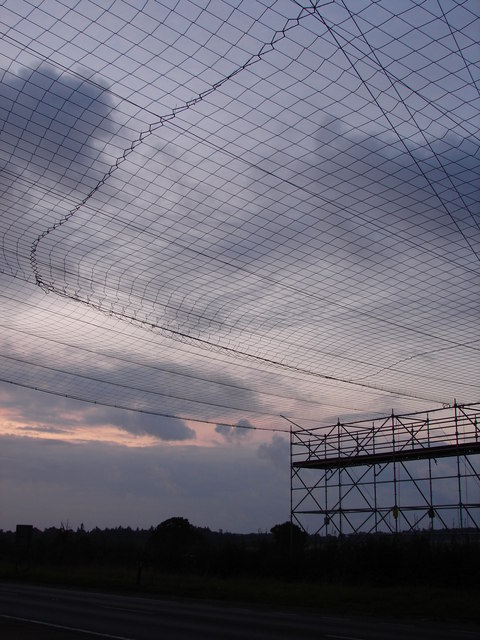Flying high in the skies is a thrilling experience that has captivated humanity for over a century. However, with the exhilaration of aviation comes the responsibility of managing potential risks. This is where aviation insurance plays a crucial role. This article will delve into the world of aircraft insurance, uncovering its importance, types, and key factors to consider when obtaining coverage.
Understanding Aircraft Insurance
Aircraft insurance is a specialized coverage designed to protect aircraft owners, operators, and pilots against various risks associated with aviation activities. Just as car insurance is essential for drivers, aviation coverage provides a safety net for those involved in aviation, whether they own private planes, operate commercial airlines, or provide aviation-related services.
Importance of Aviation Coverage
Aviation is an inherently risky endeavor, with weather conditions, mechanical failures, pilot errors, and third-party liabilities posing potential threats. Air transport insurance ensures that the financial burden is mitigated in the event of an accident, allowing aviation stakeholders to focus on safety and recovery rather than the financial aftermath.
Types of Aircraft Insurance
Aircraft Hull Insurance: This type of insurance covers physical damage to the aircraft itself. It provides compensation for repair or replacement costs in case of accidents, collisions, or other incidents.
Liability Insurance: Liability insurance covers bodily injury or property damage caused by an aircraft to third parties. This is crucial for both private aircraft owners and commercial operators to protect against legal claims and financial liabilities.
Passenger Liability Insurance: For commercial airlines, passenger liability insurance is essential. It covers bodily injury, illness, or death of passengers while they are on board the aircraft.
Crew Insurance: This type of coverage protects pilots, flight attendants, and other crew members against injuries or accidents that may occur during the course of their duties.
Hangarkeepers Insurance: Hangarkeepers insurance offers protection for aircraft owners’ property while it’s stored in hangars, safeguarding against damage from events such as fire, theft, or vandalism.
Non-Owned Aircraft Insurance: Pilots who rent or borrow aircraft should consider non-owned aircraft insurance, which provides liability coverage in case they are involved in a mishap while flying an aircraft they do not own.
Factors to Consider When Obtaining Coverage
Type of Operation: The nature of your aviation activities determines the type of insurance coverage you need. Commercial operators, private owners, and pilots engaged in various aviation roles have different insurance requirements.
Coverage Limits: Adequate limits are essential to ensure that potential liabilities and damages are sufficiently covered. Underinsuring could lead to significant out-of-pocket expenses.
Policy Exclusions: Carefully review policy exclusions to understand what risks or scenarios are not covered. Common exclusions include acts of war, intentional misconduct, and certain types of equipment failures.
Premium Costs: The cost of aviation coverage varies based on factors such as aircraft type, usage, pilot experience, and coverage limits. While affordability is important, prioritize comprehensive coverage over cutting costs.
Insurance Provider Reputation: Choose reputable insurance providers with a history of reliable service and prompt claims processing. Reading reviews and seeking recommendations from fellow aviators can help make an informed choice.
Deductibles: Deductibles are the out-of-pocket costs you must pay before the insurance coverage kicks in. Balance the deductible amount with the premium cost to find a suitable arrangement.
In conclusion, aviation insurance is the ultimate safety net for anyone involved in the world of aviation. From aircraft owners and operators to pilots and passengers, having the right coverage ensures that the skies remain as safe as they are thrilling. With various types of insurance available, it’s essential to cater your coverage to your specific needs and circumstances. Whether you’re a private pilot taking to the skies for leisure or a commercial airline ensuring the safety of hundreds of passengers, aircraft insurance is the cornerstone of a responsible and secure aviation journey. So, the next time you spread your wings and soar into the sky, do it with the confidence that comes from knowing the wings of aviation insurance protect you.

